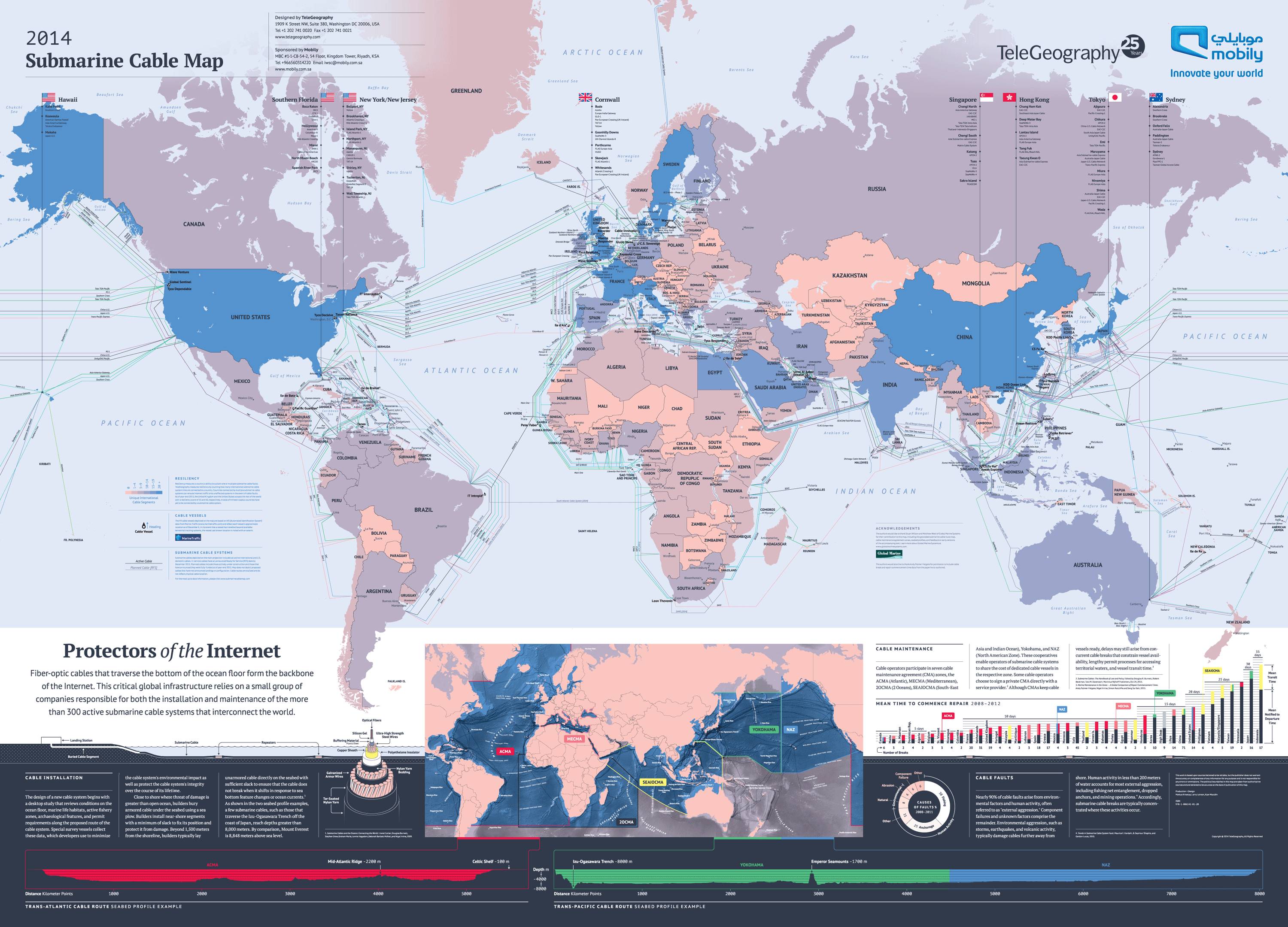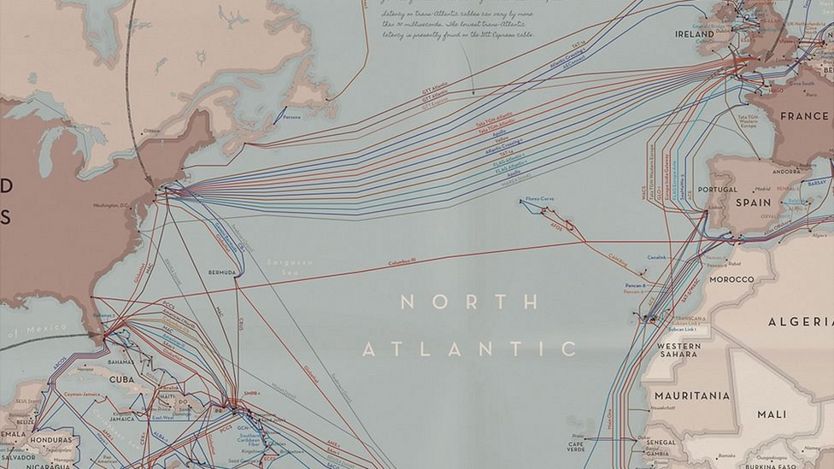
Recently DAS technology has been applied to studies of earth science in both on-land and under-sea regions and successfully detected seismic signals. To a lesser degree, DAS technology has been employed in civil engineering for the purpose of monitoring the maintenance requirements and degradation of linear structures such as bridges, railways, embankments or buildings in which material properties are changing over time 12, 13, 14, 15.

DAS technology, in the early period of its history, has been developed primarily by industry for surveillance of underground reservoirs of oil or gas 9, 10, as well as condition monitoring of pipeline distribution systems 11. DAS can be regarded as a continuous strain sensor array deployed along a fiber-optic cable. The ultimate resolution is controlled by a combination of channel spacing and gauge length. The sensor channel spacing along a fiber-optic cable can be decreased down to a few centimeters and the gauge length for each sensor can be controlled independently.

Detailed discussions on the difference in the scattering processes between Rayleigh and Brillouin can be found in an article 8. However, Brillouin based sensing can suffer from issues of narrow frequency bands, small frequency shift, and reduced sensitivity to temperature. On the other hand, Brillouin based sensing is commonly employed in distributed strain sensing (DSS) or distributed temperature sensing (DTS), because even ambient condition directly affects the back-scattering of light. It has been studied that DAS based on Rayleigh back-scattering of light is capable of long-range sensing within a wide frequency range, but with less spatial resolution, as compared to Brillouin based sensing 7. Therefore, DAS functions as spatio-temporally continuous strain sensors deployed from the optical source over a distance of few tens of kilometers. Distributed acoustic sensing (DAS) based on Rayleigh back-scattering of light is one of the fiber-optic sensing technologies enabling us to monitor vibration of the ground by measuring phase changes within a fiber-optic cable due to its strain changes caused by elongation and compression of the fiber 6. Various previous studies have shown that a fiber-optic cable itself can be a sensor because optical light scattering effects are relatively sensitive to external influences such as strain, temperature or magnetic field 1, 2, 3, 4, 5. Although our study suggests that virtual sensor’s self-noise of the present DAS measurement is relatively high compared to the conventional in-situ hydroacoustic sensors above a few Hz, the DAS identifies the ocean microseismic background noise along the entire submarine cable except for some cable sections de-coupled from the seafloor. The observed phases of hydroacoustic signals are coherent within a few kilometers along the submarine cable, suggesting the DAS is suitable for applying correlation analysis using hydroacoustic signals. The DAS measurement can be sensitive for hydroacoustic signals in a frequency range from \(10^\) to a few tens of Hz which is similar to the hydrophones. Here, we show the hydroacoustic signals identified by the DAS measurement characterizing in frequency-time space. We examine the acquired DAS dataset together with the co-located hydrophones to investigate the detection capability of underwater acoustic (hydroacoustic) signals. Dissolve again by the same attributes from line rectifier and begin QC making sure all attributes are the same for cables that are in a continuous line with no gaps.A ship-based seismic survey was conducted close to a fiber-optic submarine cable, and 50 km-long distributed acoustic sensing (DAS) recordings with air-gun shots were obtained for the first time. Populate Flex Line Rectifier with input.shape="Your Dissolve output.shp" and output.shape="SubCables_ForQC_.shp" Run through Flex_line_rectifier with a degree flexibility between 0-2.

Dissolve the output shape by all attributes excluding FID, ObjectID, shape_leng, FeatID, and Nfeat. Open R Studio and fill in line_rectifier input.shape="local file path\\SubCablesInput_.shp", and output.shape="local filepath\\SubCablesOutput_.shp". shp, if not already done so, into a new folder named SubCablesInput_ and create folder another new folder named SubCablesOutput_.
#Submarine cable map 2017 pdf code
Combine segments of cables that have the same attribution into a continuous line: Create a New File for source code String_Joiner.R and Flex_String_Joiner.R and open Flexible_Line_Merge.R and paste the file paths for the two source codes within source("File path here").


 0 kommentar(er)
0 kommentar(er)
